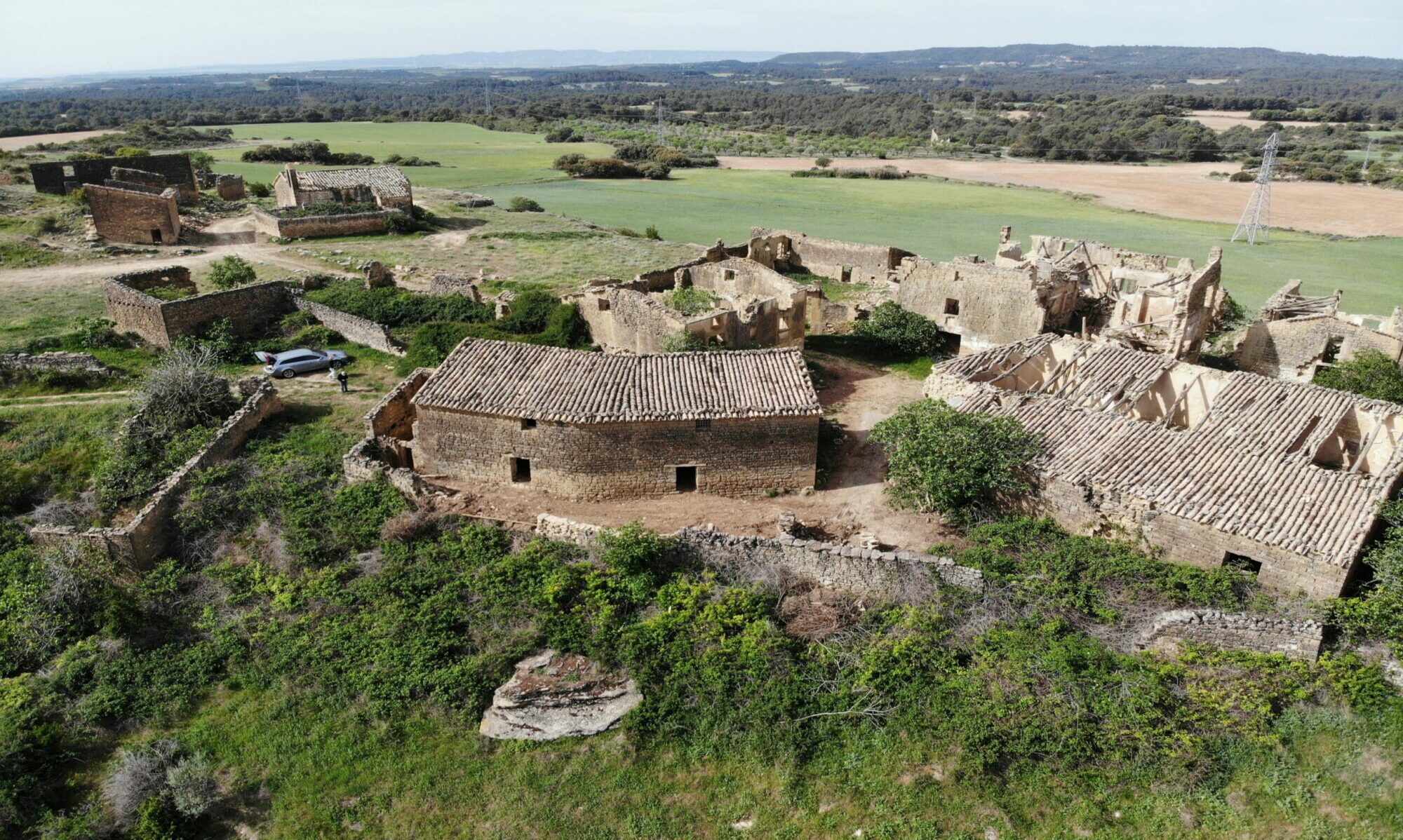The Program Goals
1_Protection of the rural landscape and integration of new actions
To maintain the landscape integration, the materials and techniques and existing building typologies will be respected, respecting colors and textures. Special emphasis will be placed on the environmental recovery of vegetation and trees, also as an important part of the profile of the place in the landscape.
Facing a final proposal for action, an in-depth study of the building typologies, their operation and their adaptation to new uses would be carried out, through a cataloging of the town’s buildings.
2_Recovery of traditional techniques and incorporation of sustainable techniques
Repair and reconstruction will be attempted as much as possible with existing techniques in an active way, not merely visual or aesthetic.
If other techniques are introduced, they will be sustainable with a low carbon footprint. Recyclable, natural materials and reversible and low-impact forms and methods of placement will be chosen.
The rehabilitation of homes for use as such will be guided with the objective of achieving almost zero consumption. Finally, manual and artisan work will prevail in all the intervening trades.
3_Roads and infrastructures
Existing roads will be respected, minimally accommodating widths and small security arrangements for vehicle access to the interior of the town and to future homes.
The treatments will be the least invasive possible, with natural drainage and with a discreet incorporation of the infrastructures. Overhead lines and disorderly design will be avoided as far as possible. Specific urban elements integrated by material and dimensions with the constructions will be designed. Large excavations, slopes, etc. will also be avoided. that may or may not be necessary for their incorporation.
As part of a long-term project, it would be necessary to reconnect to the electricity grid and have a drinking water supply and wastewater collection network connected to the municipal network.
4_Sustainability
Renewable energies integrated into the landscape.
The inevitable incorporation of renewable energies will be the object of a project to study the visual impact and occupation of the landscape of the entire complex. There will be a tendency towards diversification and the least visual impact.
Rainwater use
The pre-existence of several runoff wells and some rainwater collection ponds give us clues about the extreme use of water resources in the town. Rainwater collection and use facilities will be incorporated as far as possible in all buildings and as far as possible on the road.
The provision of a minimum reserve of water without dependence on the municipal supply would provide the complex with a resilience capacity and the possibility of incorporating small green areas, gardens or orchards in the immediate surroundings of the houses.
On the other hand, dry wastewater sanitation systems would be implemented as a complement to the municipal sanitation network.
Integration of agriculture with low water impact and minimally invasive as part of the general action project
As part of this set of proposals for the recovery of the immediate environment, one of the objectives is to establish and recover part of the agricultural uses, through agriculture with low water impact and forestry, which may have an impact on local economic activity.

